2009 by the Board of Trustees
of the University of Illinois
All rights reserved
Manufactured in the United States of America
1 2 3 4 5 c p 5 4 3 2 1

This book is printed on acid-free paper.
Library of Congress Cataloging-in-Publication Data
Mexicans in California : transformations and challenges /
edited by Ramn A. Gutirrez and Patricia Zavella.
p. cm.
Includes bibliographical references and index.
ISBN 978-0-252-03411-4 (cloth : alk. paper)
ISBN 978-0-252-07607-7 (pbk. : alk. paper)
1. Mexican AmericansCaliforniaSocial conditions
Congresses. 2. MexicansCaliforniaSocial conditions
Congresses. 3. ImmigrantsCaliforniaSocial
conditionsCongresses. 4. MexicoEmigration and
immigrationCongresses. 5. CaliforniaEmigration and
immigrationCongresses. 6. CaliforniaEthnic relations
Congresses. 7. CaliforniaSocial conditionsCongresses.
8. Social changeCaliforniaCongresses.
I. Gutirrez, Ramn A., 1951 II. Zavella, Patricia.
F 870. M 5 M 495 2009
305.868'720794dc22 2008034993
Acknowledgments
The editors would like to thank the University of California Institute for Mexico and the United States (UC MEXUS), which, along with the UC Committee on Latino Research, sponsored the conference Latinos in California II on September 1112, 2003. Many of the chapters included here are based on research presentations made at this conference, and we thank the authors who contributed their research articles to this volume. With support from the Chicano/Latino Research Center at UC Santa Cruz, research apprentices Sonja Diaz, Christa Erasmus, and Adrian Flores did very helpful work on the bibliography.
Introduction
This book is about the present, past, and future of Californias ethnic Mexican population, and by implication, the fate of our republic. Of the 36.5 million people living in California today, approximately eleven million are of Mexican ancestry, representing by far the largest single national group in the state and largest component of the states thirteen million Latinos. With ethnic Mexicans representing close to one-third of the states population, and Latinos accounting for 35.2 percent of its total, California naturally has become the epicenter for one of the most factious debates of the moment, the regulation of immigration and its long-term social, economic, and political consequences for Americas future. What language will be spoken? What social services will be provided to ethnic Mexicans? Should those in the country illegally or without authorization be granted legalization, or what some decry as amnesty? And if ultimately granted permanent residency status and citizenship, how will their votes affect the political processes of the state and the republic? How will this largely young population be educated to sustain Californias long-term viability and the inevitability of having to rely on them for the transfer payments necessary for an aging white population? In short, what sorts of cultural citizenship will ethnic Mexicans enjoy in Californias present and future?
Since the end of the U.S.Mexican War in 1848, when California incorporated some ten thousand Mexican nationals into the polity as citizens, as dictated by the terms of the Treaty of Guadalupe Hidalgo, the many paths leading to California from Mexico constantly have been traversed. At no moment since 1848 has the flow of immigrants ever really stopped. At the end of the nineteenth century, Mexicans headed for the United States seeking work and greater economic opportunities, having been displaced from their ancestral farms through the rapid modernization and mechanization of mining and agriculture. They found work in California, as in other states of the Southwest, in the construction of railroads, in the tilling of land, and as menial laborers in a host of industries. From 1900 to 1930, Mexicans found refuge in California as they fled the violence that preceded and followed their countrys revolution between 1910 and 1917. As in previous generations, they arrived to sow and to harvest, to clean and to cook, to service and to tarry, the majority of them as poor peasant farmers but a number of them as skilled craftsmen, as businessmen, as intellectuals, and as entrepreneurs. Many of these Mexican immigrants entered the United States legally before 1924, when few restrictions or physical barriers tempered the movement of Mexicans into the Golden State. Numerous others came as exceptions created in American immigration law to provide cheap labor to those industries deemed vital to the republics war efforts and to sustain economic growth. From 1942 to 1964, for example, the United States created a guest worker program, which became known as the Bracero Program (brazo in Spanish means arm), which contracted some 4.6 million Mexican workers for temporary labor in agriculture, mining, and transportation. Under the Bracero Program, the United States Department of Agriculture acted as the official contracting agent, negotiated salaries, set the levels of work, monitored its conditions, and oversaw the workers return. But to many owners of American firms, such regulation seemed onerous to the free flow of capital. They preferred instead the hiring of illegal Mexican immigrant labor, which was more pliable, less rebellious, more easily deported, and exploitable without much recourse. Since the end of the World War II, some twenty-five million Mexicans have entered the United States illegally, to perform the same types of work that their legal compatriots have done and continue to do, but under the shadow of lawlessness and without legal succor of any sort. And yet they comemany by overstaying their visas. They come attracted by the prospect of a land celebrated for its opportunities and vaunted as a place where dreams of prosperity can become realized. They come escaping misery, exploitation, and hopelessness. And they come knowing that death has taken many of their compatriots along the way.
Mexicans in California: Transformations and Challenges is a volume designed to offer readers a comprehensive survey of the principal issues affecting this population, exploring the social, economic, political, and cultural transformations engendered by the growth of mexicano, ethnic Mexican, and Chicana/Chicano populations of California. Herein scholars, policy makers, elected officials, and citizens concerned about the health of the body politic will find extensive discussion of important issues of concern: the concentration of ethnic Mexicans in the lower rung of society, mostly among the working poor; their contingent and informal labor and its modest rewards; the tensions family members face when they join the migrant stream; the effects of education on upward mobility; the educational achievement gap between ethnic Mexican, white, and black students in public schools; the segregation of Mexicans and Mexican Americans in low-performing schools that have no access to honors or Advanced Placement (AP) courses; the social movement for appropriate curricula for ethnic Mexican students; and the underrepresentation of ethnic Mexicans in various fields of creativity. These are some of the themes this volume addresses, looking at the complexity of the Mexican population in California, challenging the assumption that the story of these immigrants is comparable to that of white European immigrants, and that with time they too will eventually assimilate and participate fully and equally in the body politic.


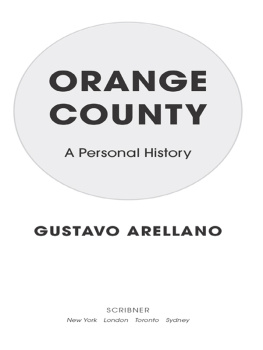

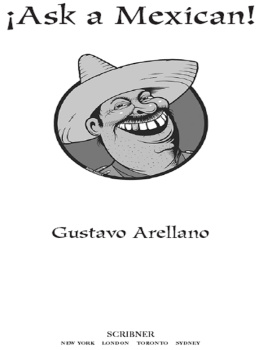
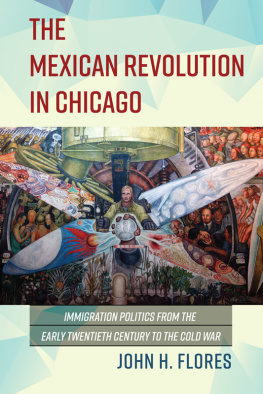
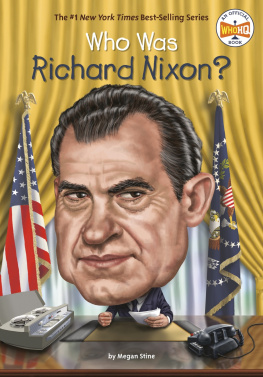

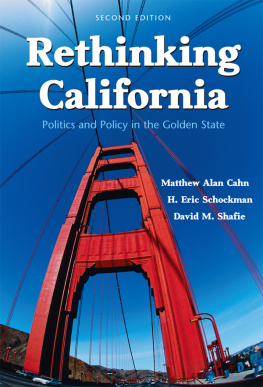
![Daniel D. Gutierrez [Daniel D. Gutierrez] - Machine Learning and Data Science: An Introduction to Statistical Learning Methods with R](/uploads/posts/book/119585/thumbs/daniel-d-gutierrez-daniel-d-gutierrez-machine.jpg)
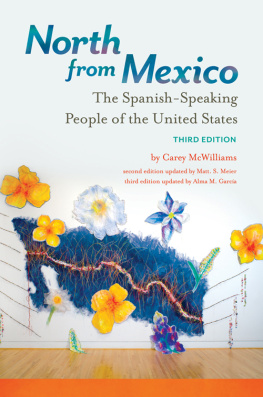

 This book is printed on acid-free paper.
This book is printed on acid-free paper.